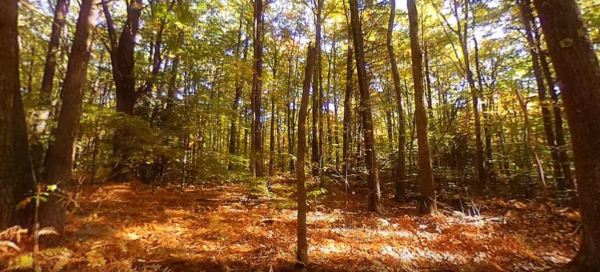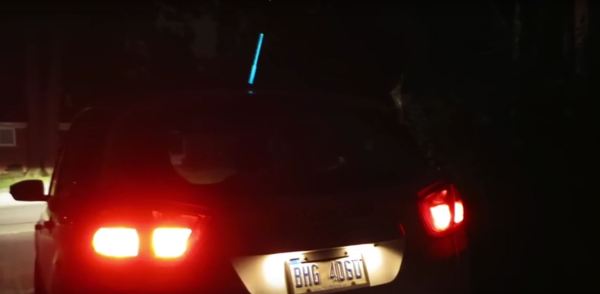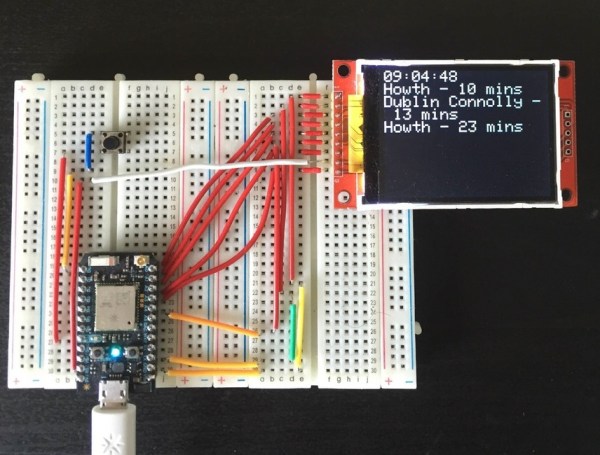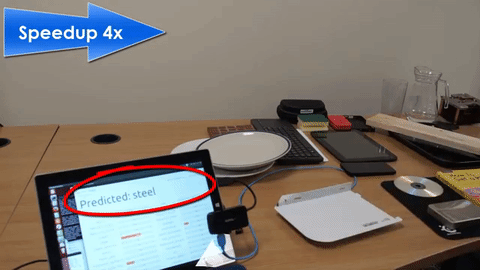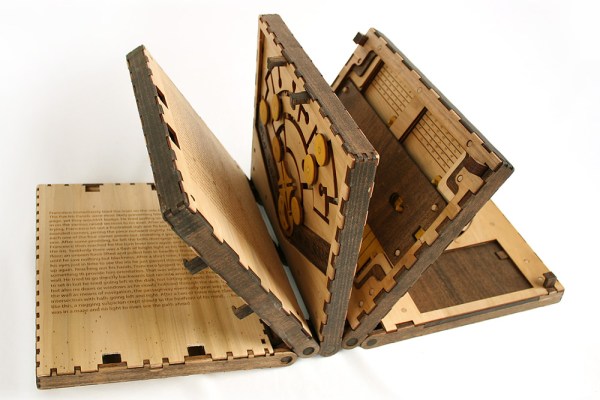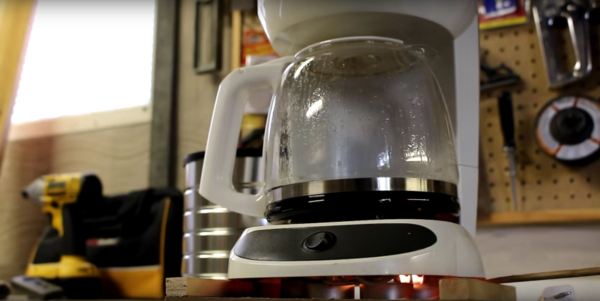Taking a stroll through the woods in the midst of autumn is a stunning visual experience. It does, however, require one to live nearby a forest. If you are one of those who does not, [Koen Hufkens] has recently launched the Virtual Forest project — a VR experience that takes you though a day in a deciduous forest.
First off, you don’t need a VR apparatus to view the scenery. Web-browsers and most smart phones are capable of displaying the 360 degree images. The Raspberry Pi 2-controlled Ricoh Theta S camera is enclosed in a glass lamp cover and — with the help of some PVC pipe — mounted on a standard fence post. Power is delivered ingeniously via a Cat5e cable, and a surge protector has also been included in case of lightning strikes. Depending on when you view the website, you could be confronted with a black screen, or a kaleidoscope of color.

